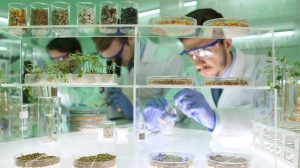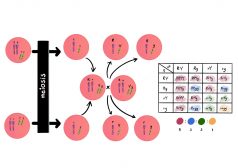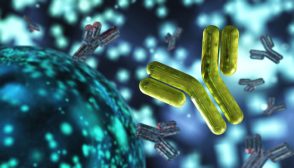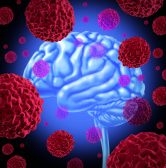Definition
noun, plural: thrombopoieses
(1) Thrombocytopoiesis, i.e. the process of producing thrombocytes
(2) Thrombogenesis, i.e. the formation of a thrombus or blood clot
Supplement
Thrombopoiesis may refer to thrombocytopoiesis, which is a type of hematopoiesis) or to thrombogenesis, which is the formation of a blood clot (or thrombus).
Hematopoiesis is the process of forming new blood cellular elements in vertebrates. The process starts at the stem cells becoming committed progenitor cells that eventually develop into fully mature differentiated cells in blood. In humans, the cellular elements of the blood include red blood cells, white blood cells, and thrombocytes. These cells are all derived from the multipotent hematopoietic stem cells (HSCs). These have the ability to give rise to different mature blood cell types, such as erythrocytes, T cells, B cells, granulocytes, megakaryocytes, macrophages, and dendritic cells. Thrombopoiesis, in particular, is hematopoiesis that leads to the formation of thrombocytes. In this regard, below is the series of stages in thrombopoiesis:
(1) A hemocytoblast gives rise to a common myeloid progenitor cell (CMP).
(2) The CMP gives rise to CFU-Meg (or CFU-Mega, the colony forming unit that leads to the formation of megakaryocytes).
(3) The CFU-Meg develops into a megakaryoblast.
(4) The megakaryoblast develops into a promegakaryocyte.
(5) The promegakaryocyte develops into a megakaryocyte.
(6) The megakaryocyte is a mature cellular element in the blood responsible for the production of platelets (or thrombocytes).
The process in which the promegakaryocyte differentiates into a mature megakaryocyte is called megakaryopoiesis. Thrombopoietin is the hormone that stimulates megakaryopoiesis. The hormone is produced by the liver and the kidney, and encoded by the THPO gene.
Word origin: thrombocyte + Greek poiesis (“to make”)
See also:
- hematopoiesis
- erythropoiesis
- thrombopoietin
- megakaryopoiesis
Related form(s):







